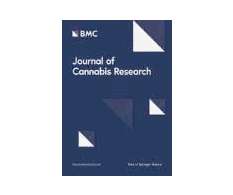Best strains and terpenes for nausea
The Cannigma
OCTOBER 2, 2022
The best type of cannabis to treat nausea is a Type I or Type II strain with a terpene profile that includes limonene or humulene. There are no regulations for what qualifies a strain to wear a name, so growers can call strains whatever they want, regardless of the cannabinoid and terpene content. Best terpenes for nausea.














Let's personalize your content